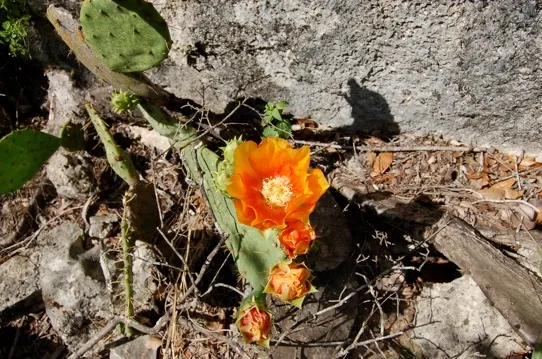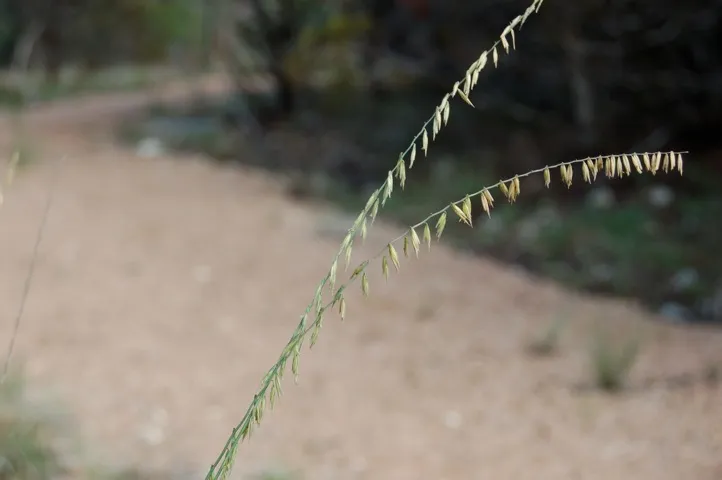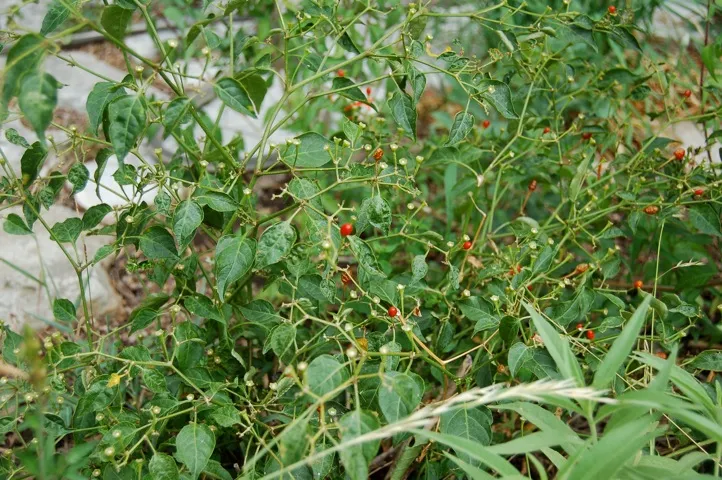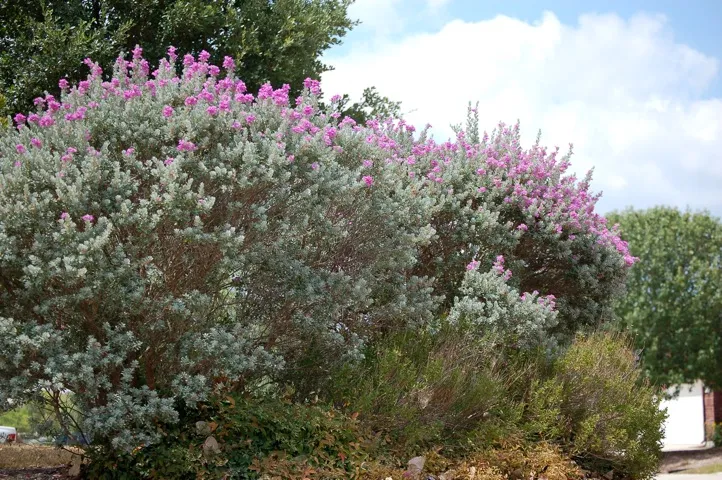By Delmar Cain
Following rabbit trails may result in unexpected and pleasant surprises or you may lose your jacket in Mr. McGregor’s garden. Here is a trail I hopped down.
Since my wife and I live in Boerne, we get electricity from Bandera Electric Cooperative, Inc. and like all of its members receive a complementary monthly copy of the industry magazine, Texas Co-op Power. While glancing at the articles in the July issue, I noticed with silent approval that BEC was becoming more water conscious by decreasing its lawn area, planting drought tolerant Texas plants, and catching rainwater to water the grounds. I was about to put the magazine down when another small article captioned “WHO KNEW?” caught my eye.

The next line, “OFFICIAL SHRUB”, lured me on. But I must tell you I audibly groaned when I read the first sentence of the article, which said, “The crape myrtle, which the Texas Legislature officially designated as the state shrub in 1997, is one of the toughest, most adaptable and showiest plants grown in Texas.” My first thoughts were (1) it is not native, (2) it is not a shrub, (3) I thought it was spelled “crepe myrtle”, (4) the crape myrtle growers association must be powerful and finally (5) the Texas Legislature has done it again. Finding out how this happened was probably going to be painful, but amusing entertainment.
Growing up in Texas with law-abiding parents and having owned a Daisy BB gun, I was aware that it was illegal to kill a mockingbird, our state bird. I was also aware that our state flower was the Texas bluebonnet and that the state tree was the pecan. All three are native to our state. Working with this small sampling of knowledge, I foolishly thought that all of our state symbols, which I assumed to be few in number, would be indigenous to Texas. Wrong on both assumptions.

So I went on the web and after a couple of false steps found Texas Legislature Online—State Symbols. I was shocked to find that, not counting “Lone Star State”, which has been adopted by tradition, the Legislature has at last counting adopted fifty symbols for our state. Although Texas started out slowly, adopting its first symbol, the bluebonnet (Lupinus subcarnosus), in 1901, it has definitely picked up the pace since 1990. One might even call the phenomenon “symbol proliferation” with thirty-two of the fifty state symbols having been adopted after that date.
Before 1990, the legislature adopted such symbols as the pecan tree in 1919, the mockingbird in 1927, added the Texas bluebonnet (Lupinus Texensis) and any other variety of bluebonnet in 1971, sideoats grama as the state grass in 1971, the lightning whelk as the state shell in 1987, and the Guadalupe bass as the state fish in 1989. All of these symbols are found in their native form in Texas. Most of the other symbols adopted before 1990 related either to songs, poems, dishes or mottos.
After 1990, the symbols began to take on a more local and sometimes commercial flavor. Ennis, the Bluebonnet City, cotton as the state fiber and fabric, Texas red grapefruit as the state fruit, jalapeno as the state pepper, sopaipilla and strudel as the state pastries, and the sweet onion as the state vegetable give a flavor of the new types of symbols. And yes there it was. In 1997, in House Concurrent Resolution No. 14, the Legislature made the crape myrtle the shrub symbol of the state.

The resolution admitted that the crape myrtle (Lagerstroemia indica) was originally imported from China and reached Texas as early as 1857 through the efforts of (I assumed soon to be) Confederate General Sam Bell Maxey, who introduced it in Paris, Texas. But in addition to being a hardy plant that can endure the Texas climate, the plant and its hybrids were touted as enhancing the beauty of the City of Waxahachie and even more recently of Brazos County, through the efforts of Brazos Beautiful, Inc, which had planted “more that 20 varieties of crape myrtles” in its parks and public places.
As I recall the competition for tourism picked up steam in Texas in the 1990’s. Cities and towns over the state were creating festivals, markets and events to bring tourists to their area. The resolution had the look of one area trying to lay special claim to the crape myrtle, only to find that two other areas wanted to make the identical claims.

Depending upon your point of view, the legislature, either in pork-like fashion or Solomon-like wisdom, solved the problem by giving each of them something. Lamar County was declared the “Crape Myrtle County Capital” and Paris, its county seat was designated the “Official Crape Myrtle City”. Waxahachie was declared the “Crape Myrtle Capital of Texas” and Brazos was recognized as an “Official Crape Myrtle County”. And with the crape myrtle being declared the “Official State Shrub of Texas,” each area could tout its unique prowess at spreading and displaying the Texas state shrub.
Is the crape myrtle a shrub? The Texas Forest Service says that the “common crapemyrtle” (sic) (Lagerstroemia indica) is a small deciduous tree. But Wikipedia indicates that there are around 50 species of the Lagerstroemia genus including deciduous and evergreen trees and shrubs, all of which are native to the Indian subcontinent, Southeast Asia, northern Australia and parts of Oceania. As I have heard it said, “That may be close enough for government work.”
What about the spelling “crape” or “crepe”? Either seems to be correct, but either can be wrong depending upon who gives the advice. “Crape” seems to be the older of the two spellings, but “crepe” has some appeal being French and could refer to the thin curled bark. Since it can be spelled both ways, why bother?
I found no evidence of a powerful crape myrtle growers association. But I did find that the purists among us are not without friends at the Legislature. In 1993 the horned lizard was declared the state reptile, in 1995 the prickly pear cactus was declared the state plant, in 1997 the chiltepin (or chile pequin) was declared the state native pepper and finally in 2005 the Texas purple sage (Leucophyllum frutescens) was declared the state native shrub. Now those are some state symbols that I can live with. I also hope that you found the rabbit trail worth your time.
